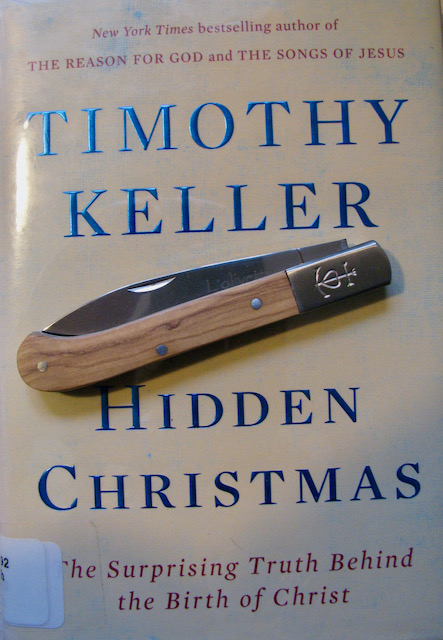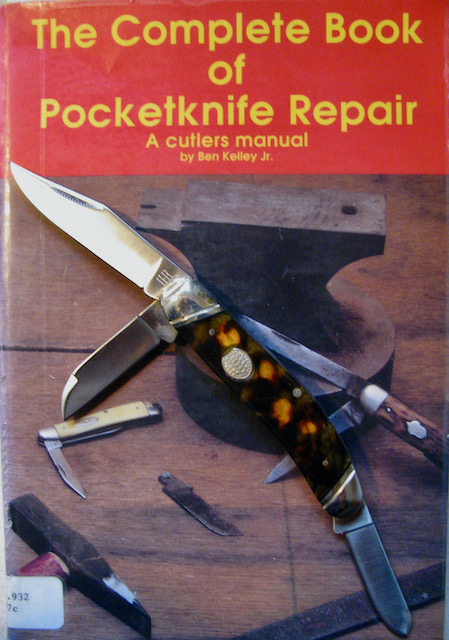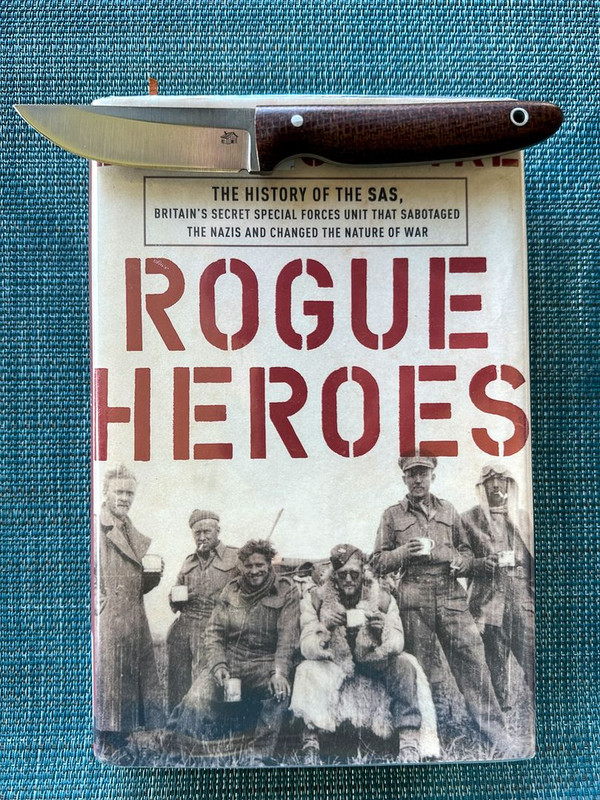5K Qs
Gold Member
- Joined
- Jul 20, 2014
- Messages
- 15,143
I read this book earlier this month, and thought I ought to post it now since it's Christmas-themed. As is usually the case when I've read books written by Keller, I enjoyed interesting discussions and encountered thought-provoking ideas about what the Bible says (in this case about Jesus' birth). Here are the chapter titles from this 160-page (relatively small pages) book:
2. The Mothers of Jesus
3. The Fathers of Jesus
4. Where is the King?
5. Mary’s Faith
6. The Shepherds’ Faith
7. A Sword in the Soul
8. The Doctrine of Christmas
Chapters 2 and 3 pointed out fascinating things about the genealogies of Jesus in the Gospels of Matthew and Luke; Chapter 4 discussed the Wise Men and Herod; Chapters 5 and 6 presented thoughtful discussions of the nature of the faith of Mary and of the shepherds; and Chapter 7 addressed the harsh comments of old man Simeon in the temple rejoicing that he was able to witness the coming of God's Anointed One.

- GT
Table of Contents:
1. A Light Has Dawned2. The Mothers of Jesus
3. The Fathers of Jesus
4. Where is the King?
5. Mary’s Faith
6. The Shepherds’ Faith
7. A Sword in the Soul
8. The Doctrine of Christmas
Chapters 2 and 3 pointed out fascinating things about the genealogies of Jesus in the Gospels of Matthew and Luke; Chapter 4 discussed the Wise Men and Herod; Chapters 5 and 6 presented thoughtful discussions of the nature of the faith of Mary and of the shepherds; and Chapter 7 addressed the harsh comments of old man Simeon in the temple rejoicing that he was able to witness the coming of God's Anointed One.

- GT
Last edited:






















